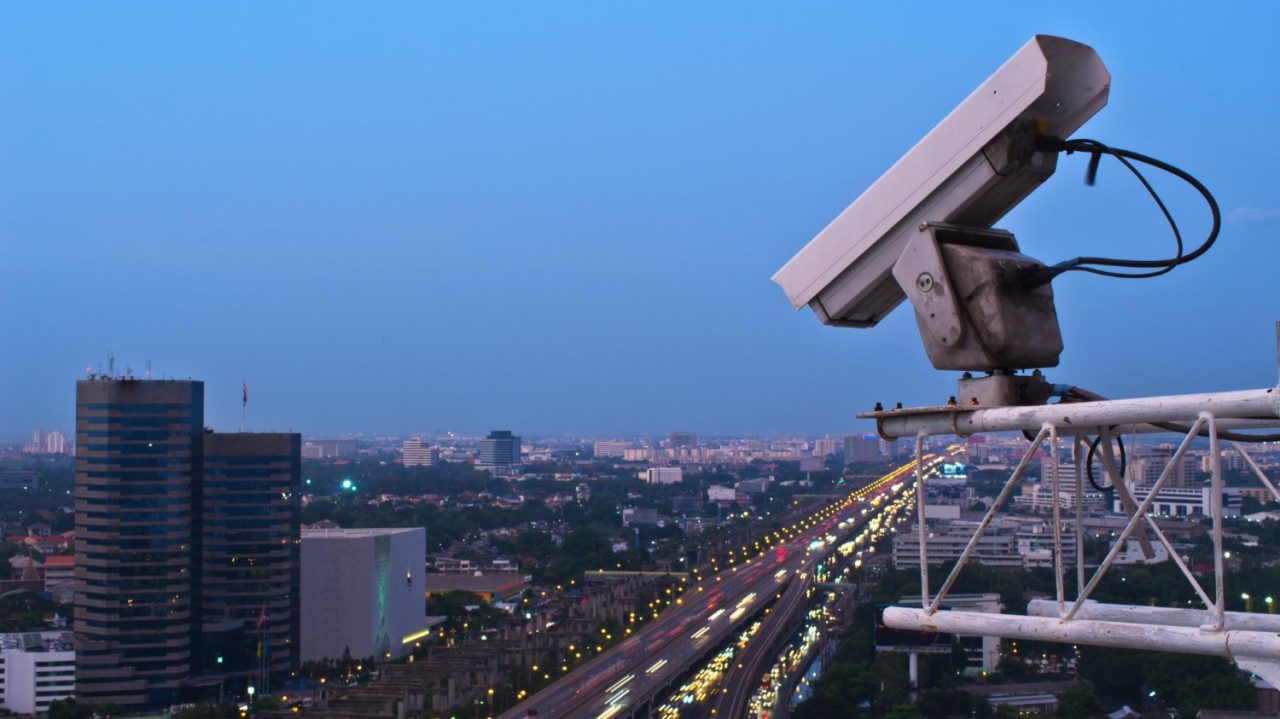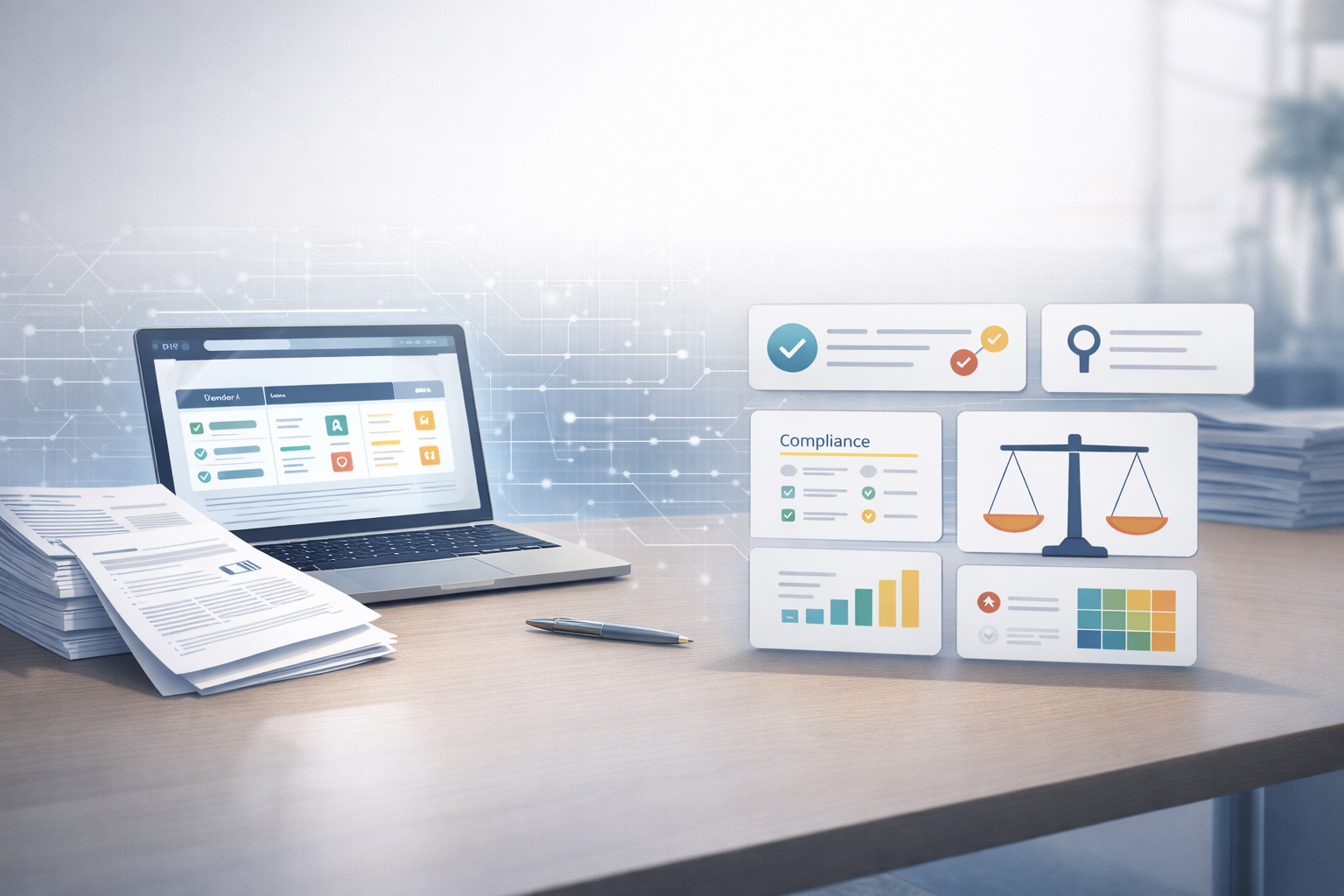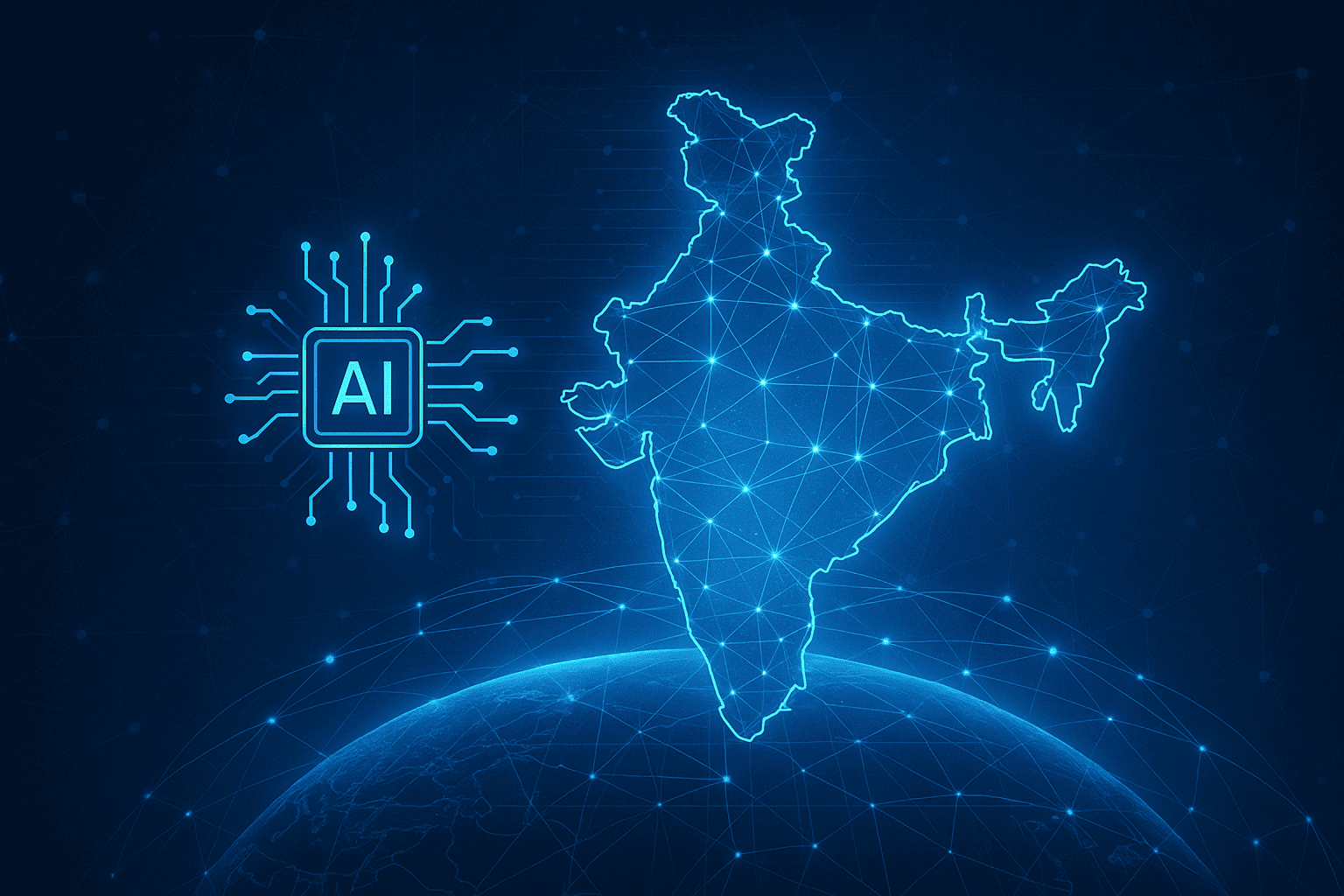India, the home of 1.45 billion people and undergoing rapid urbanization, faces significant challenges in managing its cities. With 36.6% of the population living in urban areas and a youthful median age of 29 years, the country holds immense potential but also contends with pressing issues. Urban centers are grappling with overcrowded public transport, chaotic traffic, and infrastructure struggling to keep pace with population growth. These challenges often result in risky behaviors, particularly on the roads. A recent incident in Dehradun starkly highlights this. In the early hours, a speeding SUV collided with a heavy truck on an empty highway, triggering a devastating multi-vehicle crash that claimed several lives. This tragedy underscores the risks of reckless driving and the broader need for enhanced urban management. Addressing these challenges is crucial for ensuring safety, improving infrastructure, and unlocking the true potential of India’s rapidly growing urban landscape.
Ground-Level Conditions in India’s Urban Centers
Indian metro cities are intricate webs of human life—vibrant yet challenging to manage. From New Delhi to Mumbai, law enforcement faces hurdles that test their limits daily.
- Overcrowding: With population densities exceeding 10,000 people per square kilometer in metro areas, crowded spaces are ripe for petty crimes, altercations, and public disturbances.
- Street Crimes: Chain snatching and theft are frequent, with culprits blending into crowds or disappearing within seconds.
- Traffic Issues: With one of the world’s highest road accident rates, traffic management and safety have become central to public safety concerns.
These realities amplify the need for a tech-driven approach to public safety—one that brings both speed and precision. An average Indian spends 2 whole days a year stuck in traffic, proving that our true national pastime might just be waiting at red lights!
The Urban Safety Challenge in India
India’s rapid urban growth is essential but comes with substantial pressure on infrastructure and law enforcement.
- Resource Constraints: The police-to-citizen ratio in India is around 158 per 100,000, far below the UN’s recommendation of 222, stretching law enforcement thin.
- Social Diversity and Complexity: Urban spaces house diverse communities, adding to the challenge of managing tensions that occasionally arise.
- Outdated Infrastructure: Many cities still rely on legacy surveillance systems that limit effective monitoring, making digital upgrades essential.
Understanding the Urban Crime Landscape
To grasp the scale of the safety challenge, let’s look at some data:
- Crime Stats: India reports over 5 million cognizable crimes yearly, including theft, public disturbances, and traffic violations, concentrated in urban spaces.
- Road Accidents: More than 150,000 lives are lost yearly in road accidents, with a significant number in cities.
- Theft and Snatching Incidents: Rising incidents in metros underscore the need for rapid response systems.
Such numbers reveal a clear need for solutions, and AI provides a viable path forward. Breaking traffic rules is often a major reason for accidents and loss of lives. Reckless driving and ignoring traffic laws create chaos on the roads and put everyone’s safety at risk. Solving this problem isn’t just about stricter enforcement—it’s about using smart systems to predict, prevent, and respond to these violations in real time, making our streets safer and saving lives.
AI-Driven Computer Vision: Transforming Urban Safety
Imagine a world where officers don’t solely rely on intuition or outdated footage but have access to advanced AI that can analyze, detect, and even predict criminal activity. Here are two powerful AI-driven solutions reshaping urban safety:
- Real-Time Incident Detection AI plays a pivotal role in capturing incidents as they happen, allowing for immediate response.
- Automated Surveillance: AI-driven cameras can do more than capture video—they detect unusual activity, identify patterns, and alert authorities instantly.
- Instant Alerts: A nearby officer, receiving an alert on a mobile app, can intervene in real-time, improving response times dramatically.
- Facial Recognition: Known offenders identified on camera enable rapid intervention, even in densely populated areas.
- Predictive Policing AI enhances law enforcement’s ability to predict potential hotspots for crime, enabling proactive deployment of resources.
- Crime Pattern Analysis: AI combs through data to pinpoint high-risk locations and times, helping to preempt incidents.
- Resource Allocation: Predictive insights allow for strategic deployment, optimizing response time and enhancing public safety.
- Dynamic Risk Assessment: AI continually assesses potential threats, adapting to real-time factors like time of day and population density.
How it work
Artificial intelligence (AI) can play a crucial role in reducing the impact of violence escalation through several innovative approaches. Initially, AI-powered surveillance systems can detect early signs of conflict, such as raised voices or aggressive gestures, using audio and video analytics. This early detection allows for timely intervention by authorities before the situation worsens. AI can also aid in managing crowd dynamics by analyzing real-time data to predict overcrowding and potential panic points, enabling proactive measures like rerouting foot traffic or deploying crowd control resources. During a public brawl or escalating incident, AI-driven communication tools can disseminate clear, calming messages to the public, reducing the likelihood of panic and surges. Additionally, AI can assist emergency responders by providing real-time updates and resource allocations, ensuring efficient and effective crowd dispersal and medical aid. By leveraging AI’s capabilities, communities can better manage and mitigate the consequences of escalating violence, ultimately enhancing public safety and security. The two most use cases in India are-
- Traffic Accident Analysis: AI analyzes traffic patterns to spot risky behaviors, track vehicles, and identify suspects in hit-and-run cases. This capability can prevent incidents from turning into cold cases.
- Crime Prevention in Northern India: In regions with organized crime, AI tools integrate real-time data from multiple sources, enabling quick identification and response, cutting down investigative time significantly.
In public places how it can make difference is shown by figure below–

The Tech Behind the Transformation
This vision of AI-powered urban safety is grounded in advanced technologies:
- Computer Vision: Cameras now “see” with intelligence, identifying people, behaviors, and anomalies autonomously.
- Machine Learning Algorithms: These continually evolve, learning from data to improve crime prediction and detection accuracy.
- Real-Time Processing: High-speed data processing ensures timely alerts, making a difference in the moments that matter.
- Integrated Systems: Data from CCTV, facial recognition, and traffic systems feed into a unified platform, enabling comprehensive surveillance.
Impact
This AI transformation in policing offers a new era of safety and efficiency:
- Enhanced Response Times: Real-time alerts help police respond faster, increasing the chances of apprehending offenders.
- Efficient Resource Allocation: AI-driven insights reduce the need for manual surveillance, allowing resources to be used more effectively.
- Increased Transparency: Digital tracking of incidents and responses builds public trust, fostering a more transparent and collaborative approach to safety.
Valiance Solutions has redefined urban safety and surveillance with Civic Eye, a smart AI-powered system that upgrades ordinary CCTV cameras into highly efficient tools for solving real-world problems. Civic Eye helps cities tackle issues like traffic violations, and criminal activities, and tracking convicted individuals by identifying their recent locations. With its ability to deliver accurate, real-time insights, this solution empowers authorities to respond swiftly and effectively, making urban spaces safer and more secure for everyone









